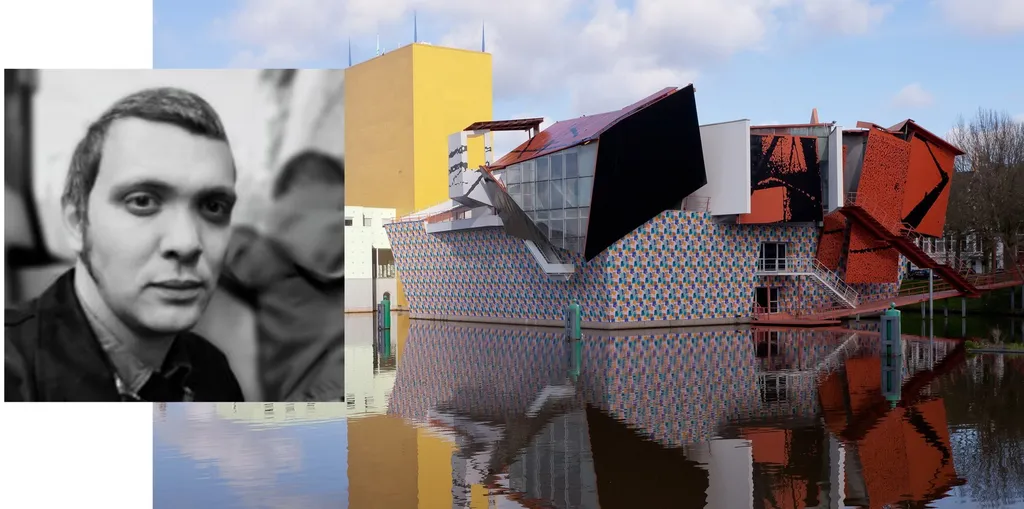In the bustling heart of Croatia’s capital, an ambitious project from the late 1940s is offering fresh insights into the complexities of postwar urban planning and its potential implications for modern infrastructure development. Melita Čavlović, an assistant professor at the University of Zagreb Faculty of Architecture, has delved into the story of the unrealized Technical Campus in Borongaj, a project that was once envisioned as a catalyst for Zagreb’s industrialization.
The Technical Campus, conceived in 1947, was part of the First Five-Year Plan, a series of initiatives aimed at boosting the economy through industrialization and technical education. The project was designed to train a new generation of technically educated professionals, with the Directive Regulatory Plan allocating the eastern parts of the city for its development. However, just two years after its inception, the project faced significant hurdles that delayed its implementation and ultimately halted construction.
Čavlović’s research, published in the journal Prostor (which translates to “Space”), explores the evolving role of engineers within the existing model of technical education, emphasizing a blend of theoretical and practical training. She also examines the procedures and organizational structures of urban planning authorities, highlighting the challenges posed by uncoordinated work and frequent revisions or deferments of decisions.
“The Technical Campus was a smaller-scale embodiment of a larger spatial framework,” Čavlović explains. “It demonstrated notable resilience despite the ongoing regulatory shifts and administrative reorganizations characteristic of the early postwar period.”
The study’s findings offer valuable lessons for contemporary urban planners and developers, particularly in the energy sector. As cities around the world grapple with the need to integrate renewable energy sources and upgrade aging infrastructure, understanding the complexities of large-scale projects like the Technical Campus can provide crucial insights.
“By analyzing the spatial and programmatic aspects of the Technical Campus, we can better understand how to plan and execute complex urban projects in a way that is both resilient and adaptable to changing regulatory environments,” Čavlović says.
The research also sheds light on the importance of coordinated efforts among urban planning authorities, engineers, and other stakeholders. As the energy sector continues to evolve, collaboration and clear communication will be key to ensuring that infrastructure projects are completed on time and within budget.
In an era of rapid technological advancements and increasing demand for sustainable energy solutions, the lessons from the Technical Campus project offer a timely reminder of the importance of careful planning and coordination. As cities around the world look to the future, the insights gleaned from this research can help shape more effective and efficient urban development strategies, ultimately benefiting both the energy sector and the communities it serves.

